DUAL LINE SYSTEMS
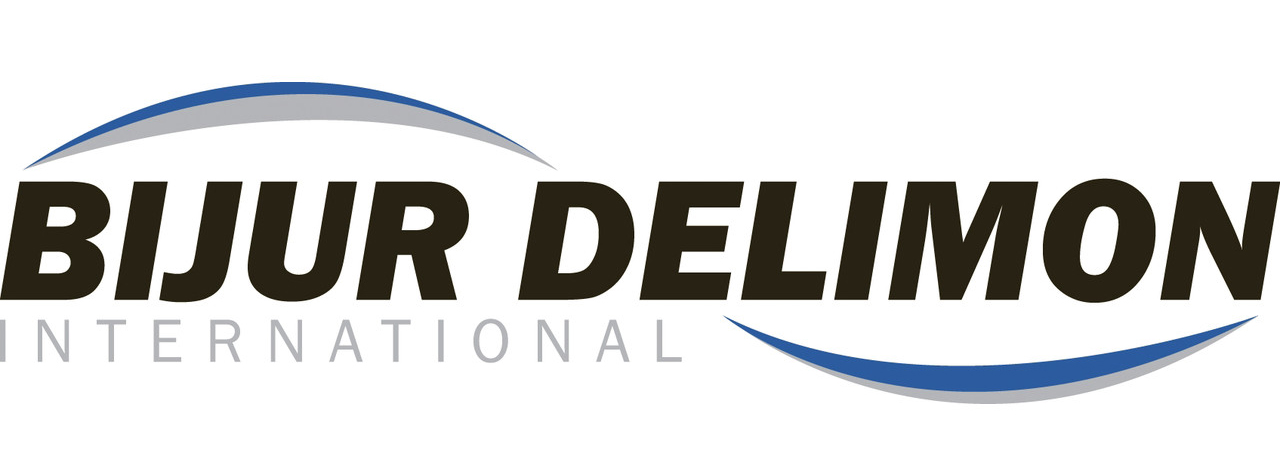
Lubrication philosophies that yield predictive equipment performance.
Dual line automatic lubrication systems are found in nearly every industry that relies on continuous production and asset operation.
For critical process applications with many isolated wear points that require individual quantities of lubricating agent, a Dualine™ system is more robust and provides the benefit of continued operation – even when individual valves experience blockages.
Similar to a single line system, the Bijur Delimon Farval® Dualine™ System utilizes a central pump to dispense the right amount of quality lubrication to the appropriate wear point, at the required interval.
Preset or adjustable metering allows for out of the box or customized lubricant distribution.
Whether for mining, heavy industry, construction, fleet, or OEM applications, dual line systems are designed and installed under a similar method:
- Central Station – includes the lubricator, cycle switch, and reversing valve.
- Controllers – provide access to key system functions, the control unit is programmed to initiate the lubrication cycle.
- Lubricator – manual, electric, and pneumatic lubricators store and pump lubricant to the Duline® valves throughout the system.
- Metering valves – the heart of the Duline® system, installed close to lubrication points to indirectly discharge lubricant to bearing and lubrication points.
- Discharge lines – carry lubricant from the pump, through the system, and to the appropriate wear points.
- Reversing valves – change the flow and direction of pressure to initiate divider valves in the system to cycle.
- Grease fitting – grease point connection from system to machine.
Every application for a dual line automatic lubrication system is unique. Sudbury Mining Products’ portfolio of Bijur Delimon Farval® Dualine™ system solutions considers the industrial application, lubricating agent, and system requirements of your operations.
This ensures the system design and individual components have the capacity to suit your unique mobile or fixed asset industrial application.
Why Automate Your Lubrication Practice?
- Minimize total cost of asset ownership – properly lubricated equipment performs reliably over time and minimizes operating, part replacement, and unscheduled maintenance related costs.
- Protect equipment critical wear points – consistent, measured, and frequent bearing lubrication during operation leads to optimum equipment operation and wear damage avoidance.
- Increase maintenance automation – automated lubrication mitigates inconsistent coverage and is more reliable than manual methods, maintaining the correct amount of lubricant at all times.
- Reduce unplanned downtime – well managed automatic lubrication programs increase the predictability of equipment performance and mitigates the lost production associated with downtime.
- Better manage part replacement – by avoiding gaps in lubrication, maintenance managers eliminate any contamination, friction or heat which leads to premature mart replacement.
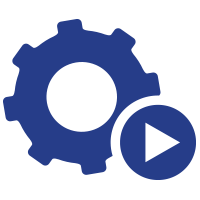
MINIMIZE TOTAL COST OF ASSET OWNERSHIP
properly lubricated equipment performs reliably over time and minimizes operating, part replacement, and unscheduled maintenance related costs.
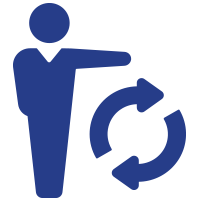
PROTECT EQUIPMENT CRITICAL WEAR POINTS
consistent, measured, and frequent bearing lubrication during operation leads to optimum equipment operation and wear damage avoidance.
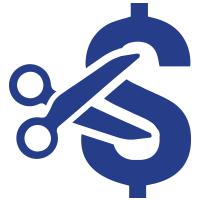
INCREASE MAINTENANCE AUTOMATION
automated lubrication mitigates inconsistent coverage and is more reliable than manual methods, maintaining the correct amount of lubricant at all times.
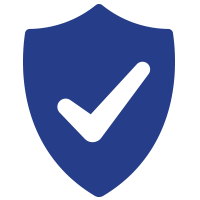
REDUCE UNPLANNED DOWNTIME
well managed automatic lubrication programs increase the predictability of equipment performance and mitigate the lost production associated with downtime

BETTER MANAGE PART REPLACEMENT
by avoiding gaps in lubrication, maintenance managers eliminate any contamination, friction or heat which leads to premature mart replacement.

